Past is Present . . . No! . . . Present is Future
Gardening is so much about planning for the future. Dropping seemingly dead, brown specks into a seed flat in spring in anticipation of juicy, red tomatoes in summer is fun and exciting.
But now, in the glory of summer, I don’t particularly like planning, which means thinking forward to the crisp days of autumn that lie ahead. But I must. I know that when that time finally comes, I’ll have had my fill of hot weather. And the cooler weather coupled with shorter days and low-hanging sun will have tomatoes, cucumbers, peppers, and other summer vegetables on the wane. Planning and action now let me have a whole other garden come autumn, a garden notable for its shades of green (from leaves) rather than the reds and yellows (from fruits) of summer’s garden.
I’ll need plants and free space ready for my autumn garden. Some plants are already in place: One bed has been home, since early spring, to kale, which keeps growing as we harvest leaves through spring and summer, and brussels sprouts, from which harvest won’t even begin until early October.
Cabbage plants sown in seed flats in early June are about ready to plant now out in the garden for autumn harvest. Today I sprinkled seeds of endive into mini-furrows in potting soil in a seed flat.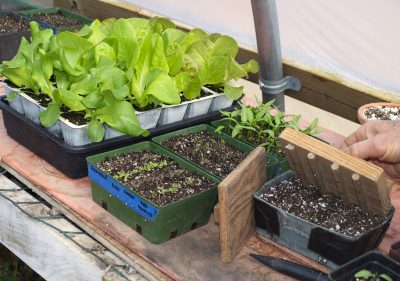 The endive seedlings will be ready to move out into the garden in 5 or 6 weeks. I’ve also sown more kale seeds to supplement the spring kale for harvest into and perhaps through (depending on the weather) winter.
The endive seedlings will be ready to move out into the garden in 5 or 6 weeks. I’ve also sown more kale seeds to supplement the spring kale for harvest into and perhaps through (depending on the weather) winter.
Early August will be a good time, around here, for planting Watermelon — the Watermelon variety of winter radish, whose innards look like cut watermelon but taste very radish-y. Also turnips, the delicious variety Hakurei.
I’m also sowing lettuce seeds, which I’ve been doing since spring and continue to do every few weeks. They also go into seed flats, ‘GrowEase’ seed starters, from which I can pop out transplants into any spaces that open up here and there around the garden.
Looking for an Opening
So where am I going to plant all those endives, cabbages, winter radishes, and turnips? The autumn garden will also need room for direct sowings of quickly maturing autumn vegetables like arugula, mustard, and lesser known salad “greens” like mâche (corn salad), erba stella (minutina), and claytonia (miner’s lettuce). The garden is packed full of plants now.
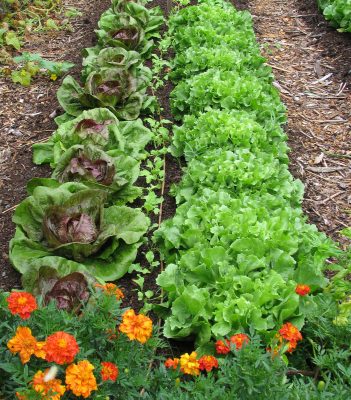
Endive, radish, radicchio in fall
Going into August, space will open up for those autumn garden plants. From my first planting in mid-May, I’ll pick the last ripe ear of Golden Bantam sweet corn around mid-August, then have a whole bed available as soon as I clear away the spent stalks. Similarly for the beds of onions, early bush beans, and edamame.
Black Raspberries (Blackcaps) Redux
Enough planning for autumn and beyond. I’m going outside to feast on blueberries, black raspberries, and gooseberries, for me the essence of summer.
Now that I think of it, as soon as the black raspberries finish up, which is very soon, I do have to plan for them also, for late summer and autumn. The varieties I grow — Niwot and Ohio’s Treasure — are unique in being two-crop black raspberries, just like my “fall-bearing” (“everbearing”) raspberries. That is, they bear in early summer on stems that grew last year, just like conventional black raspberries. But — and here is where they are unique — they also bear in late summer and autumn beginning at the tips of new stems that rose from ground level this spring.
Last year’s stems are just finishing fruiting, after which they begin to die. I’ll cut them away to make room for the new stems and to keep the late summer and autumn harvest from these new stems from becoming a thorny nightmare.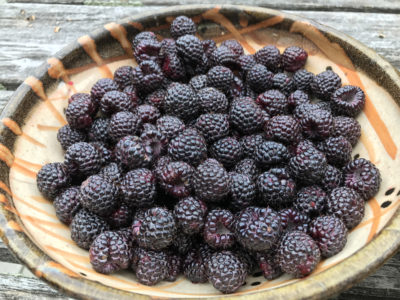
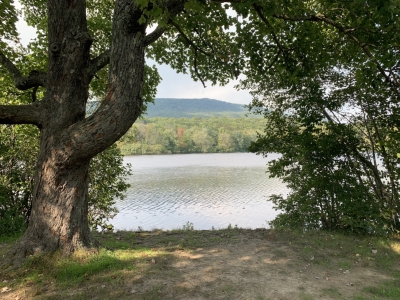

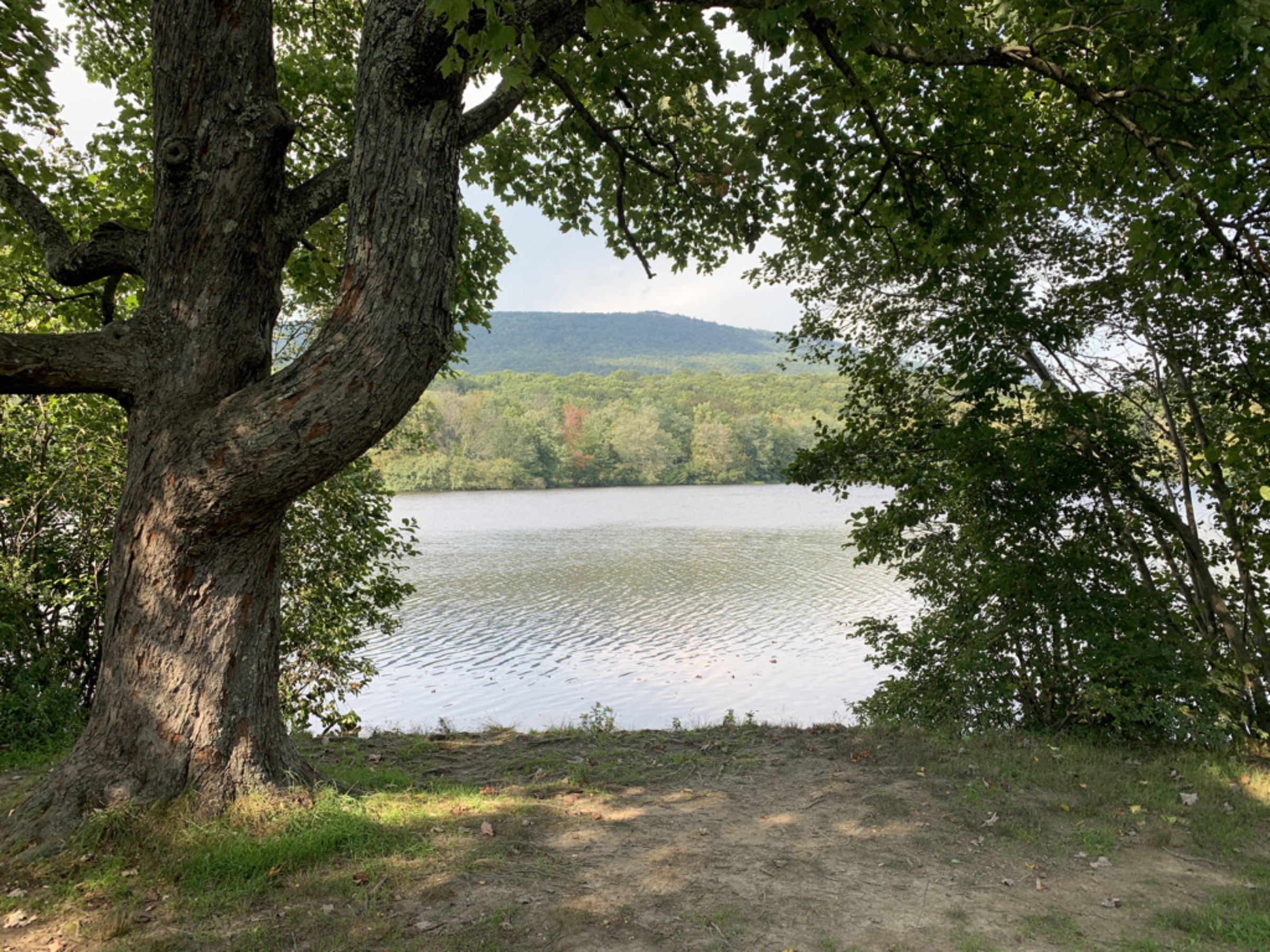
 The endive seedlings will be ready to move out into the garden in 5 or 6 weeks. I’ve also sown more kale seeds to supplement the spring kale for harvest into and perhaps through (depending on the weather) winter.
The endive seedlings will be ready to move out into the garden in 5 or 6 weeks. I’ve also sown more kale seeds to supplement the spring kale for harvest into and perhaps through (depending on the weather) winter.


